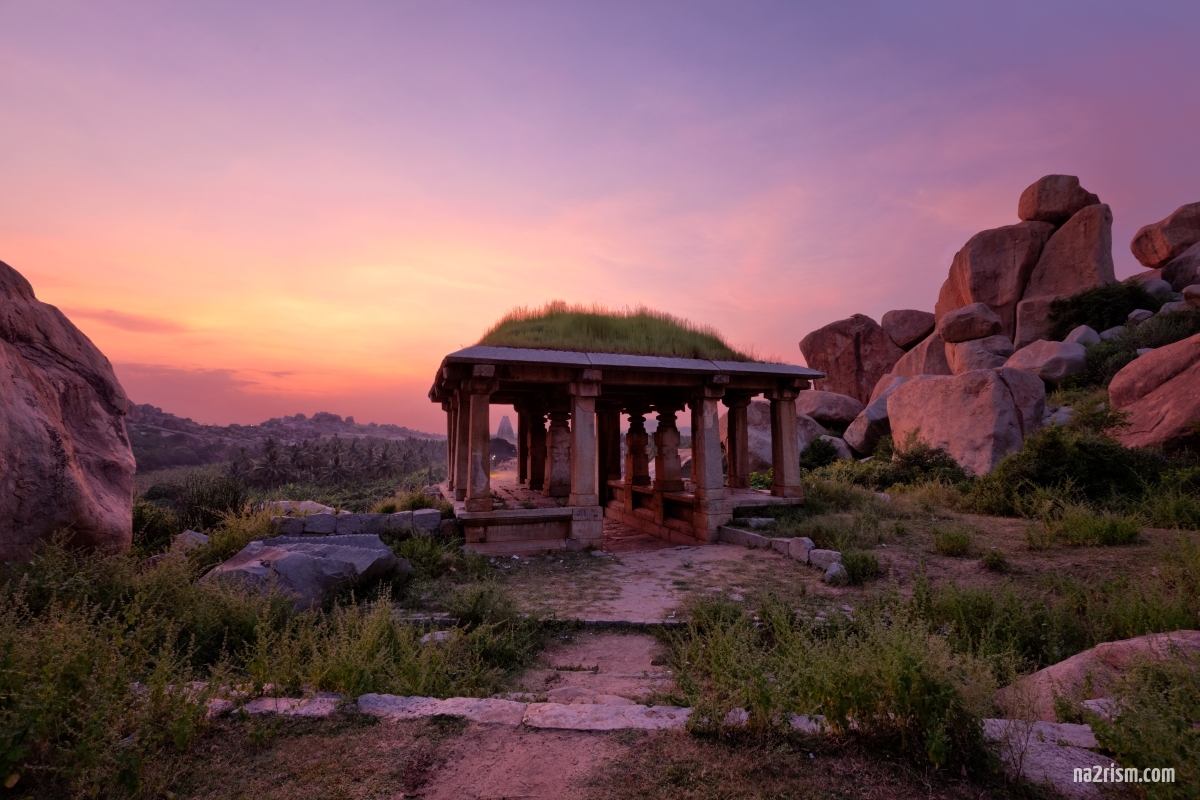The concept of nudity in ancient India is a subject that encompasses an array of social, religious, and cultural perspectives. Unlike the often straightforward and sometimes contentious views on nudity in many modern societies, ancient Indian attitudes towards nudity were intricate and deeply embedded in the spiritual and everyday lives of its people. This article explores how ancient Indians perceived nudity, and how these perceptions were expressed through art, literature, and religious practices.
Historical context and religious significance
In ancient India, nudity was not merely a physical state but also a profound element of spiritual and philosophical symbolism. The roots of nudity’s religious significance can primarily be traced back to the practices of various ascetic groups. Among the most prominent were the Jain Digambaras, whose name literally means “sky-clad,” a reference to their practice of nudity. For the Digambaras, nudity was a statement of renunciation, representing the rejection of all material possessions and earthly ties. This practice was seen as a path to purity and liberation, key goals in Jain spirituality.
Similarly, certain Hindu sects, particularly some followers of the god Shiva, also practiced forms of ritual nudity. These ascetics, known as Naga Sadhus, regarded nudity as a means to transcend the limitations of the physical body and to dissolve the ego, aiding their pursuit of spiritual enlightenment. The Naga Sadhus continue to be a common sight in India, particularly at religious festivals like the Kumbh Mela, where they appear adorned only in ash.
Nudity in art and literature
Ancient Indian art and literature offer substantial evidence of the society’s complex relationship with nudity. The depiction of semi-nude or nude figures in ancient Indian art was not uncommon and often held symbolic meanings. For instance, the erotic sculptures of the Khajuraho temples or the intricate carvings at Konark are not merely artistic expressions of human sexuality but also convey messages about the duality of human experience and the integration of spiritual and worldly life.
Literary works from ancient India, such as the Kama Sutra, also discuss nudity in the context of erotic aesthetics and the art of living. The text delves into various aspects of physical relationships and sensuality in a candid manner, reflective of a society that viewed sexuality as an integral part of life’s philosophy.
Societal implications and perceptions
In ancient Indian society, the perception of nudity varied significantly among different communities and regions. While ascetic nudity was widely respected for its spiritual intent, the general societal attitude towards nudity was likely more conservative. This is inferred from the legal and social frameworks of the time, which often prescribed modest dress codes and behaviors, particularly in urban centers and amongst the higher social classes.
The social stratification of the time also influenced perceptions of nudity. For example, lower socioeconomic groups might have been more prone to physical labor that required less clothing due to practical reasons, which could lead to different social interpretations and stigma compared to the ritualistic nudity practiced by ascetics.
Nudity in ancient India was a multifaceted phenomenon influenced by religious beliefs, social hierarchies, and cultural practices. Unlike the often negative connotations associated with nudity in many modern contexts, in ancient India, it could represent a variety of meanings—from spiritual purity to artistic expression. The nuanced understanding of nudity in ancient Indian culture highlights its capacity to transcend mere physicality, acting instead as a conduit for deeper philosophical and theological discourse. This historical perspective provides a unique lens through which to view contemporary attitudes towards nudity, suggesting a cultural depth that has often been overlooked in modern discussions about the human body and its representation.

